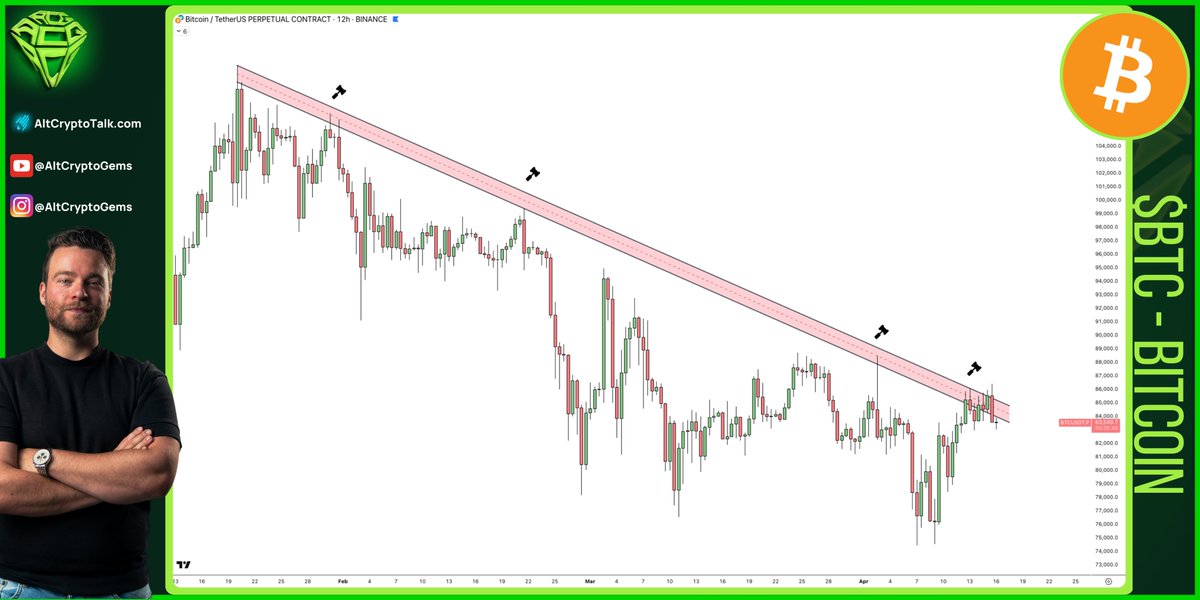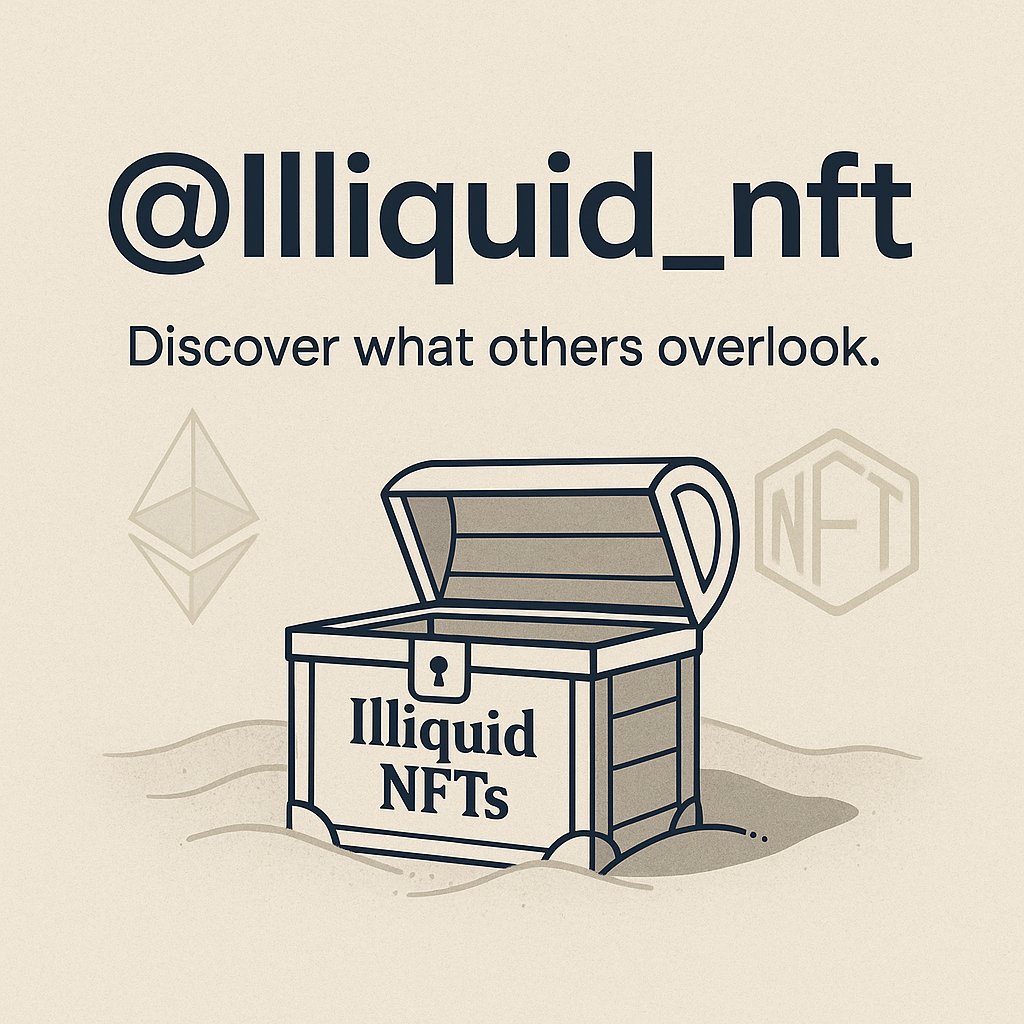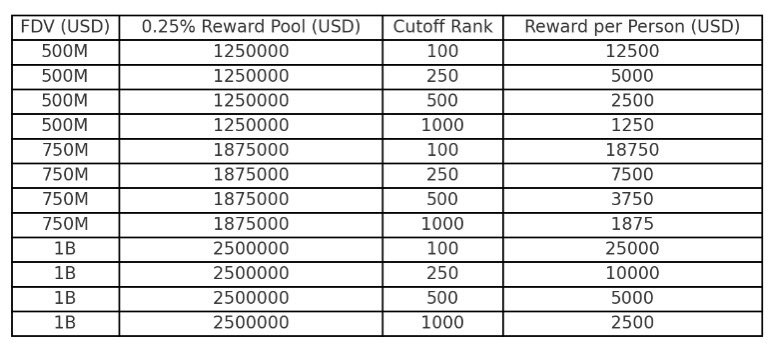A Glimpse into the Crypto Market
Picture this: a digital frontier as vast and unpredictable as the Wild West. This is the realm of cryptocurrency, a landscape that has witnessed dramatic highs and lows, fervent enthusiasm, and profound skepticism. As we stand in the year 2025, Bitcoin (BTC) remains a titan in this arena, commanding attention and shaping the market’s trajectory. The tweet from @mrboricuaboy encapsulates a sentiment shared by many crypto enthusiasts: the market’s volatility is a double-edged sword, presenting both formidable challenges and lucrative opportunities[1].
The concept of a “diagonal resistance” refers to a price barrier that Bitcoin struggles to breach. This resistance level is a psychological and technical threshold that, if broken, could signal a bullish trend. Conversely, if the price dips further, it might present a “buy the dip” opportunity. This strategy involves purchasing assets at a lower price with the expectation of future gains. It’s akin to waiting for a storm to pass before setting sail, hoping to catch the wind at a favorable moment.
The Role of Analysis in Crypto Trading
In the tumultuous world of cryptocurrency, analysis is the compass that guides investors through stormy seas. The tweet from @mrboricuaboy encourages readers to delve into his latest in-depth analysis, emphasizing the importance of informed decision-making[1]. This analysis likely encompasses technical indicators, market trends, and perhaps even fundamental analysis of the underlying technology and adoption rates of Bitcoin.
Technical Analysis: Reading the Tea Leaves
Technical analysis involves studying price charts and using statistical indicators to predict future price movements. It’s like trying to read the tea leaves of the market, looking for patterns and signals that might indicate where the price is headed next. Common technical indicators include moving averages, relative strength index (RSI), and Bollinger Bands. These tools help traders identify trends, support and resistance levels, and potential reversal points.
Fundamental Analysis: The Bedrock of Value
Fundamental analysis, on the other hand, looks at the intrinsic value of the asset. It considers factors like the technology behind it, its use cases, and market adoption. For Bitcoin, this might include evaluating the security of its blockchain, the scalability of its network, and the growing acceptance of BTC as a medium of exchange and store of value. Fundamental analysis provides a long-term perspective, helping investors understand the underlying strengths and weaknesses of the asset.
The Rise of NFTs: A New Digital Asset Class
While Bitcoin and other cryptocurrencies have been making waves, another digital phenomenon has been gaining traction: Non-Fungible Tokens, or NFTs. NFTs are unique digital assets that represent ownership of a specific item or piece of content, verified on a blockchain. They have opened up a new world of possibilities, from digital art and collectibles to in-game items and virtual real estate.
The tweet from @Maxim19777 sheds light on the Mad Scientists NFT Collection, which offers tools for analysis that enable NFT owners to monitor data related to their NFTs[2]. This includes pricing and sales figures, which are crucial for investors looking to make informed decisions. The NFT market, like the crypto market, is highly speculative and volatile. Therefore, having access to accurate data and analysis tools is invaluable.
The Allure of NFTs
NFTs appeal to a wide range of investors and collectors. For artists and creators, NFTs provide a new way to monetize their work, ensuring that they receive royalties for future sales. For collectors, NFTs offer a unique and verifiable way to own digital assets. For investors, NFTs present an opportunity to capitalize on the growing demand for digital collectibles and virtual experiences.
The Challenges of NFTs
However, the NFT market is not without its challenges. Issues such as copyright infringement, environmental concerns related to blockchain energy consumption, and the potential for market manipulation have raised questions about the sustainability and ethics of NFTs. As the market matures, addressing these challenges will be crucial for its long-term success.
The Convergence of Crypto and NFTs
The worlds of cryptocurrency and NFTs are increasingly intertwined. Many NFT marketplaces accept cryptocurrencies as a form of payment, and some NFTs even represent ownership of cryptocurrency-related assets. For instance, an NFT could represent a share in a cryptocurrency mining operation or a stake in a decentralized finance (DeFi) protocol.
Shared Technology: Blockchain
Moreover, the underlying technology of NFTs—blockchain—is the same as that of cryptocurrencies. This shared technology creates a symbiotic relationship between the two, with advancements in one often benefiting the other. For example, improvements in blockchain scalability and security can enhance both crypto transactions and NFT trading.
New Use Cases and Applications
The convergence of crypto and NFTs is leading to the development of new use cases and applications. For instance, decentralized autonomous organizations (DAOs) are using NFTs to represent membership and voting rights. Similarly, gaming platforms are integrating NFTs to create play-to-earn models, where players can own and trade in-game assets.
The Future of Digital Assets
As we look to the future, the landscape of digital assets is poised for further evolution. The convergence of cryptocurrency and NFTs is likely to continue, with new use cases and applications emerging. The metaverse, for instance, is a virtual reality space where users can interact, create, and trade digital assets. NFTs are expected to play a significant role in this space, representing ownership of virtual land, items, and experiences.
The Integration of AI and ML
Moreover, the integration of artificial intelligence (AI) and machine learning (ML) in crypto and NFT analysis is set to revolutionize the way investors make decisions. AI-driven tools can analyze vast amounts of data, identify patterns, and predict market trends with greater accuracy. This can help investors navigate the volatile markets more effectively, making informed decisions and maximizing their returns.
Regulatory and Environmental Considerations
As the digital asset market continues to grow, regulatory and environmental considerations will become increasingly important. Governments and regulatory bodies are beginning to take notice of the crypto and NFT markets, and new regulations are likely to emerge. Similarly, the environmental impact of blockchain technology will need to be addressed, with a focus on sustainability and energy efficiency.
Navigating the Digital Frontier
In conclusion, the worlds of cryptocurrency and NFTs are dynamic and full of opportunities. Whether you’re a seasoned investor or a curious newcomer, staying informed and leveraging the right tools is crucial. The tweets from @mrboricuaboy and @Maxim19777 highlight the importance of analysis and data in making informed decisions[1][2]. As we venture further into the digital frontier, let’s remember that knowledge is our compass, and data is our map. With these tools, we can navigate the volatile markets, seize opportunities, and make the most of the digital revolution.











